Vancouver, located on the southwest coast of Canada in the province of British Columbia, has a fascinating history of urban development shaped by Indigenous cultures, European colonization, economic activities, and a commitment to sustainability. Here is an overview of key phases in Vancouver’s urban development:
- Indigenous Settlements:
- Long before European contact, the Coast Salish peoples inhabited the area that is now Vancouver. They established thriving communities with a deep connection to the land and sea.
- The diverse Indigenous cultures in the region, including the Musqueam, Squamish, and Tsleil-Waututh Nations, continue to play a significant role in Vancouver’s cultural landscape.
- European Exploration and Colonization (Late 18th Century – 19th Century):
- The European exploration of the area began in the late 18th century, with the Spanish and British conducting explorations along the coast.
- The establishment of the Hudson’s Bay Company’s Fort Vancouver in 1827, located near present-day Vancouver, contributed to the area’s role as a center for the fur trade.
- Creation of the City of Vancouver (Late 19th Century):
- The city of Vancouver was officially incorporated in 1886, following the arrival of the transcontinental railway. The Canadian Pacific Railway terminus was a catalyst for economic growth and population influx.
- Gastown, the original settlement, became the core of the new city, and the downtown area started to take shape with the construction of businesses and residences.
- Economic Growth and Immigration (Late 19th Century – Early 20th Century):
- The late 19th and early 20th centuries saw economic growth driven by industries such as logging, fishing, and shipping. Vancouver became a major port and gateway to the Pacific.
- The influx of immigrants, including Chinese, Japanese, and South Asian communities, contributed to the city’s cultural diversity.
- Post-World War II Urbanization and Modernization:
- After World War II, Vancouver experienced significant population growth and urbanization. The city expanded with the development of suburban neighborhoods, and infrastructure projects, including bridges and highways, connected different parts of the region.
- The 1960s and 1970s brought a focus on modernist architecture, with new high-rise buildings shaping the city’s skyline.
- Expo 86 and Urban Transformation (1980s):
- The hosting of Expo 86 was a transformative moment for Vancouver. The event spurred urban development and infrastructure improvements, including the construction of Canada Place, the SkyTrain rapid transit system, and the development of False Creek.
- Sustainability and Green Initiatives (Late 20th Century – Present):
- Vancouver is known for its commitment to sustainability and environmental consciousness. The city has implemented green initiatives, including extensive bike lanes, green spaces, and efforts to reduce carbon emissions.
- Sustainable urban planning principles, such as mixed-use development and transit-oriented design, have been prioritized in city planning.
- Asian-Pacific Influence and Globalization (Late 20th Century – Present):
- Vancouver has increasingly become a global city with strong ties to the Asia-Pacific region. Immigration from Asia has shaped the city’s cultural fabric, and Vancouver has established itself as a hub for trade, finance, and technology.
- Housing Challenges and Contemporary Issues:
- Vancouver has faced challenges related to housing affordability, with rising real estate prices impacting the accessibility of homes for residents. Efforts are ongoing to address these issues and promote inclusive urban development.
Vancouver’s urban development is a story of growth, cultural diversity, and a commitment to sustainability. The city’s evolution reflects its connections to Indigenous heritage, economic activities, and a globalized outlook, making it a dynamic and vibrant metropolis on the west coast of Canada.

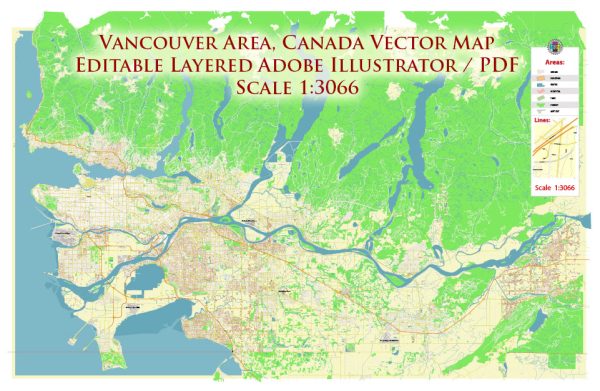
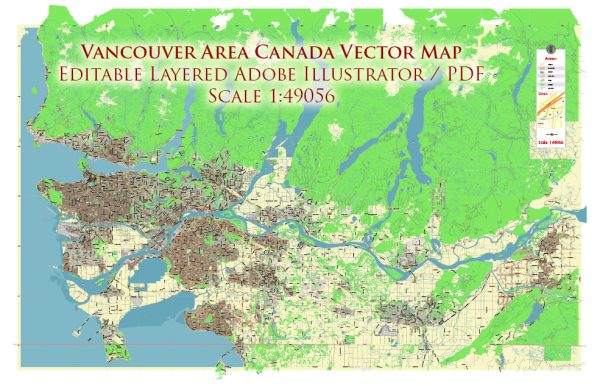
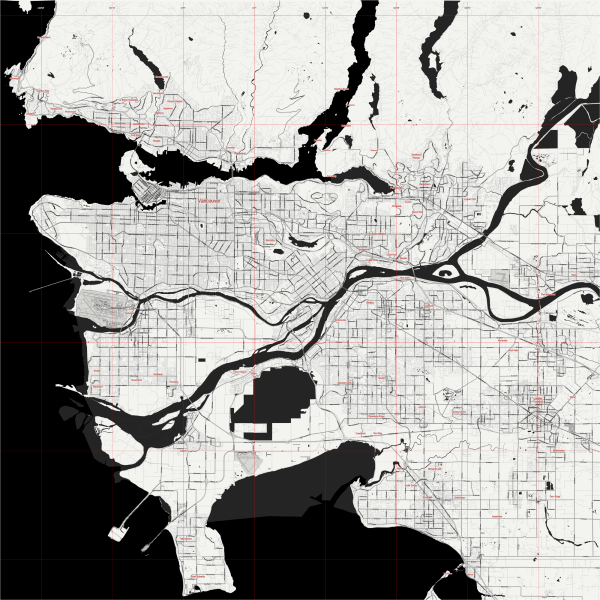
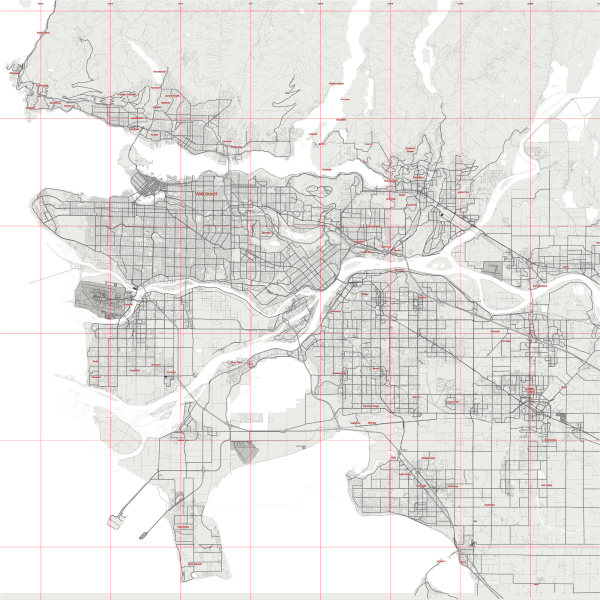
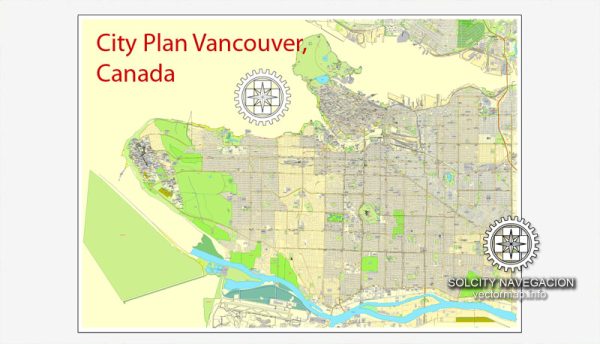
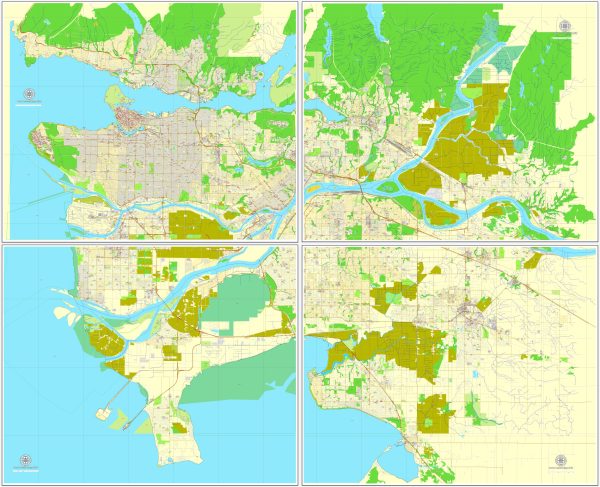
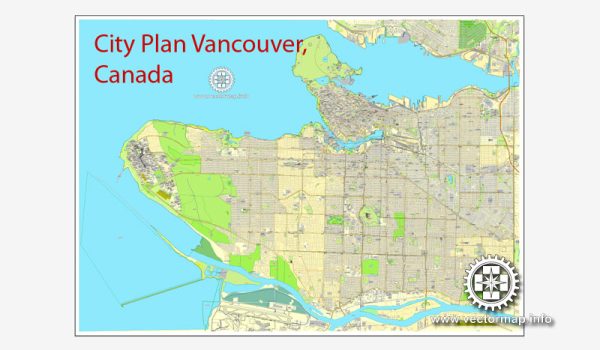
 Author: Kirill Shrayber, Ph.D.
Author: Kirill Shrayber, Ph.D.